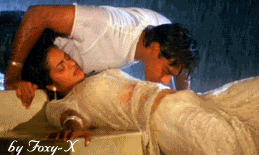
|
|
Irgendwie hatte ich heute den Eindruck, das ich mehr Animationen wie Bilder gemacht habe. Komisch, woran lag das bloß 1ambodenrollen |

|
|
Hey Foxy X habe ich dir nicht GESAGT das es in dem Film mehrere Kuss Scenen gibt ????? 1hallosager |

|
|
http://www.youtube.com/watch?v=EuVQFI2lVWc |


|
|
By rishimajumder |

 Ajay Devgan Forum
Ajay Devgan Forum Thema drucken
Thema drucken 18.11.2007 23:39
18.11.2007 23:39


 Antworten
Antworten





